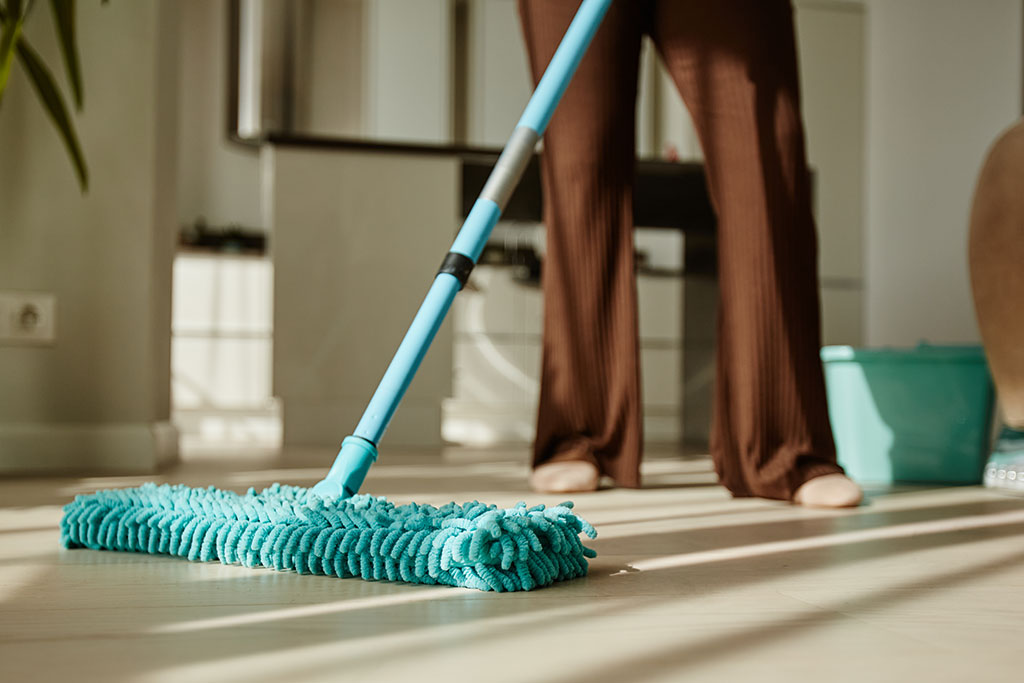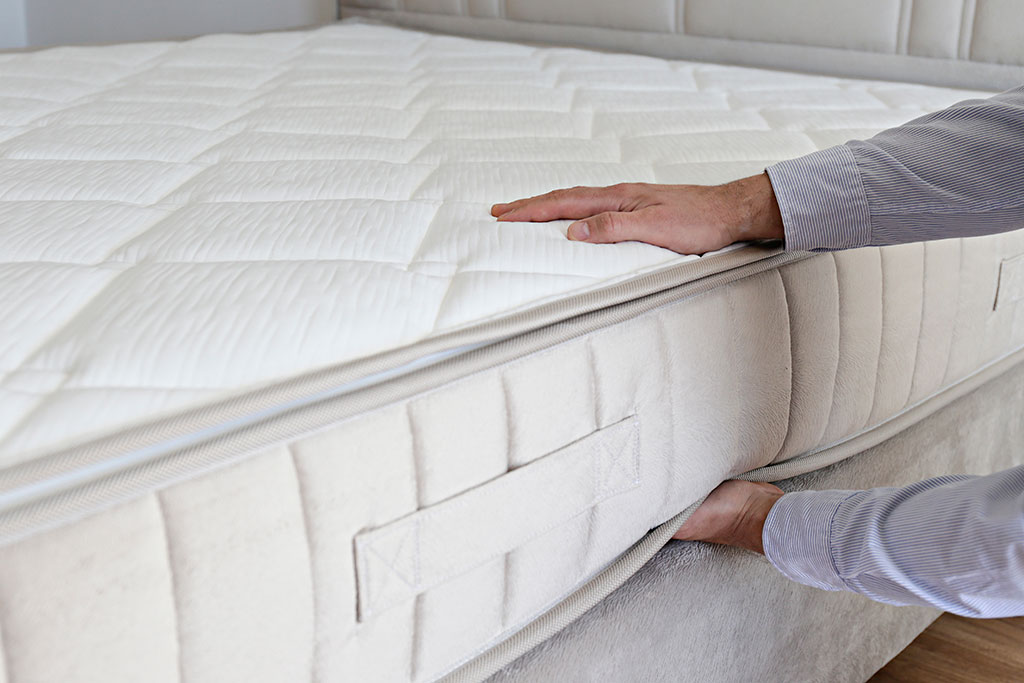Array
(
[0] => Array
(
[item_type] => phone
[content] => Array
(
[label] => Phone
[number] => 2063514296
[extension] =>
)
)
[1] => Array
(
[item_type] => email
[content] => Array
(
[label] => E-mail
[email_address] => ezzie@solditclosedit.com
)
)
[2] => Array
(
[item_type] => website
[content] => Array
(
[label] =>
[value] => www.solditclosedit.com
)
)
[3] => Array
(
[item_type] => address
[content] => Array
(
[label] => Office
[addressee] => Serving Snohomish & King County
[address1] =>
[address2] =>
[city] =>
[state] =>
[zip] =>
)
)
)
?>
When you reflect on what makes the Windy City one of America’s greatest destinations, landmarks such as the steely Willis Tower (or Sears Tower, for traditionalists) and iconic Wrigley Field may come to mind. But this Midwest metropolis claims far more to explore, including the spectacular Shedd Aquarium. PR coordinator Elise Mulligan discusses this renowned institution’s origins along with its fascinating exhibits and staunch conservation efforts.
Would you provide a brief history of the aquarium?
Our story began in 1924 when John Graves Shedd, president and chairman of the board for Marshall Field & Company, bestowed $3 million in gifts to construct an aquarium as his way to give back to his beloved city. He unfortunately passed away before it opened, but his legacy prevailed: Shedd first welcomed guests on May 30, 1930. It was the first inland aquarium to maintain a permanent exhibition of both freshwater and saltwater fish.
Today, our institution serves as a portal to the nautical world, welcoming nearly two million visitors every year. Here they can come face-to-face with over 32,000 animals from different aquatic habitats, including sea otters, sturgeon, stingrays, and sharks—all while learning how to protect our blue planet and advocate for all those who call it home.
The structure your institution inhabits is an attraction in its own right. What makes it so special?
In short, it’s an artistic celebration of aquatic life. The brainchild of the architectural firm of Graham, Anderson, Probst & White, it was designed in the grand Beaux Arts style as a neoclassical structure of white marble, limestone, and terra-cotta and features all sorts of fun details. In the main foyer, for example, marine fossils decorate the floor, octopus sculptures accent bronze lamps, and Neptune’s trident commands the glass dome above.
What are some of the can’t-miss exhibits and displays?
All of Shedd’s historic galleries! Each offers a fascinating look at the breadth and depth of aquatic life in oceans, lakes, and rivers around the world. The Abbott Oceanarium, for one the vibrant coastal ecosystem of the Pacific Northwest and brings guests up close with species like beluga whales, Pacific white-sided dolphins, and California sea lions. Some major highlights of this exhibit are the Animal Spotlights, during which visitors can witness the unique aspects of these animals as they jump, swim, or even vocalize.
Meanwhile, the Wild Reef, built below street level in 2003, is a world full of tropical wonders, from tiny clownfish to enormous sharks. This exhibit immerses guests in a thriving reef system, allowing them to explore its color, movement, and role in the larger ecosystem while discovering ways to protect it. It also happens to house my favorite animal, the bowmouth guitarfish; this critically endangered species glides through the water with its unique shark-ray shape and gorgeous eyes.
There are two newer exhibits on the main level worth a mention as well. In Wonder of Water, guests can walk between two towering saltwater and freshwater habitats full of corals, plants, and fish. Additionally, Amazon Rising displays three six-foot-long arapaima (one of the largest freshwater fish in the world) and Beatrix, an eleven-foot-long green anaconda (one of the largest snakes in the world). And don’t overlook our interactive encounters—guests can purchase a special pass to watch caretakers feed animals like the arapaima and witness how electric eels use shocking discharges in their environments.
How else does Shedd engage with the public beyond these exhibits?
We believe that everyone who connects with our institution has an inner marine biologist eager to learn more about how to protect our blue planet. That’s why we provide various resources to help the public take action alongside us, such as online guides to choosing sustainable seafood, reducing plastic use, and volunteer opportunities to restore local habitats. We also host Teen Nature Days with local beach cleanups, Teen Workshops about conservation and career paths at Shedd, and other workshops designed to give young learners the chance to meet our experts and animals and get hands-on with informative activities.
On top of that, we work to support educators in various ways. For instance, we facilitate virtual field trips that take students behind the scenes at the aquarium and offer resources like teacher professional-development workshops on how to incorporate environmental education into the classroom.
What does your institution do to help support marine life?
When guests visit Shedd, they don’t just get up close with incredible animals and plants—they also support our animal care, conservation research, and education efforts. Our team of experts conducts fieldwork across the globe and publishes papers revealing insights about our planet. Further, we advocate for legislation that benefits local ecosystems, and our research helps inform protections for the biodiversity of wildlife.
In addition, Shedd participates in projects that work to sustain healthy populations of global marine life. As an example, we are involved with the StAR Project powered by ReShark, which strives to restore endangered zebra shark populations in the wild by utilizing fertile eggs produced by sharks in the care of aquariums.
What’s next for Shedd Aquarium?
We’re approaching our one hundredth anniversary in 2030, and as part of our Centennial Commitment, we plan to transform Shedd to better meet the needs of our animals, community, and future visitors. This involves improving our already exceptional animal care with advanced habitats for our animals, finding new ways to conserve and act for aquatic life, increasing our community partnerships, and offering even more educational, experiential, and immersive experiences for our guests.
For more info, visit sheddaquarium.org

































